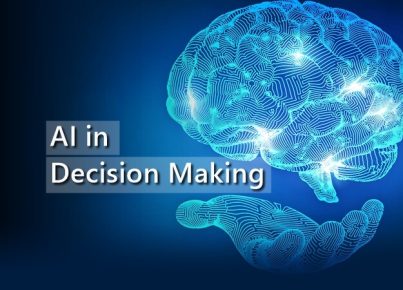A cutting-edge trend in Social and Emotional Learning is the integration of neuroscience research into SEL practices. This approach, often referred to as neuroscience-informed SEL, leverages our growing understanding of brain development and function to design more effective SEL interventions.
One key aspect of this trend is the focus on neuroplasticity – the brain’s ability to change and adapt in response to experiences. Neuroscience-informed SEL programs emphasize that social and emotional skills are not fixed traits but can be developed and strengthened over time through targeted practice. This understanding is empowering for both educators and students, as it reinforces the idea that everyone can improve their social and emotional competencies.
Another important element is the attention to the role of stress and emotion in learning. Neuroscience research has shown how chronic stress can impair cognitive function and hinder learning. As a result, neuroscience-informed SEL programs often include stress management techniques and strategies for creating emotionally supportive learning environments. This might involve teaching students about their brain’s stress response and providing tools like mindfulness practices to help regulate it.
The understanding of different brain networks and their roles in social and emotional processes is also shaping SEL practices. For instance, knowledge about the brain’s executive function network is informing strategies to improve self-regulation and decision-making skills. Similarly, insights into the brain’s social cognition network are influencing approaches to teaching empathy and perspective-taking.
Neuroscience is also informing the timing and sequencing of SEL interventions. Research on sensitive periods in brain development is helping educators understand when certain SEL skills might be most effectively taught. For example, there’s growing recognition of adolescence as a crucial period for social skill development, leading to increased focus on SEL in middle and high schools.
Another trend is the use of neurofeedback and biofeedback in SEL. Some schools are experimenting with devices that allow students to visualize their brain activity or physiological responses, providing real-time feedback as they practice emotional regulation techniques.
The integration of movement and physical activity into SEL is another neuroscience-informed trend. Research on the connection between physical movement and cognitive function is leading to more active, embodied approaches to teaching social and emotional skills.
However, the application of neuroscience to SEL is not without challenges. There’s a risk of oversimplification or misinterpretation of complex neuroscientific findings, leading to what some call “neuromyths” in education. It’s crucial that educators have access to accurate, up-to-date information about brain research and its implications for learning.
There’s also the challenge of translating neuroscience research into practical classroom strategies. While brain research can inform SEL practices, it doesn’t always provide clear, direct applications. Educators and researchers need to work together to bridge the gap between neuroscience labs and classroom realities.
As this trend continues to evolve, we can expect to see more collaboration between neuroscientists and educators. This might lead to the development of new SEL interventions based on emerging brain research, as well as more rigorous neurological studies on the impacts of existing SEL programs.
The ultimate goal of neuroscience-informed SEL is to create learning experiences that are optimally aligned with how the brain develops and functions. By grounding SEL practices in scientific understanding of the brain, educators can potentially enhance the effectiveness of social and emotional skill development. As our knowledge of the brain continues to grow, so too will our ability to nurture the social and emotional capacities of learners.





